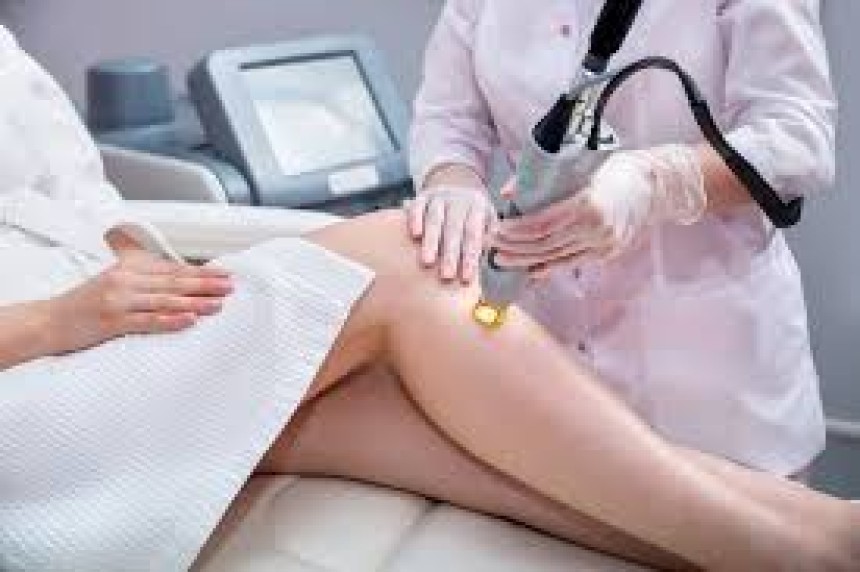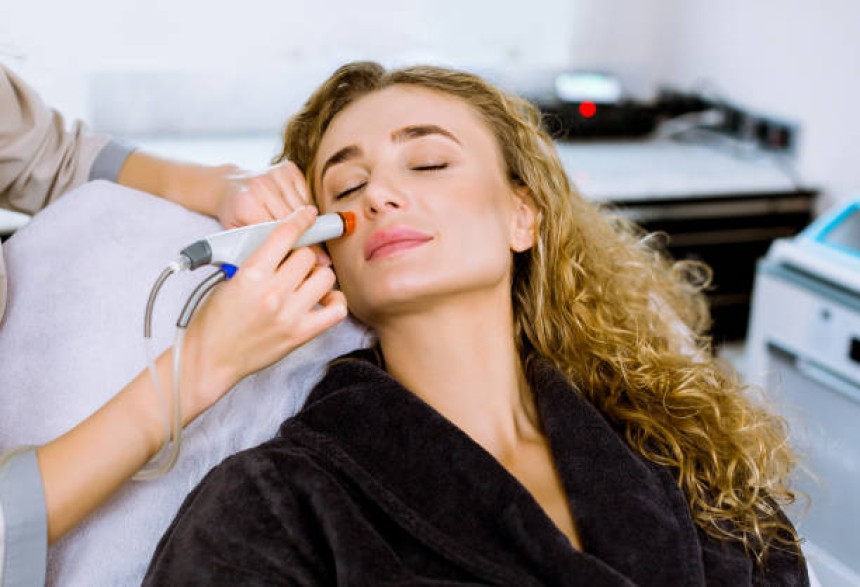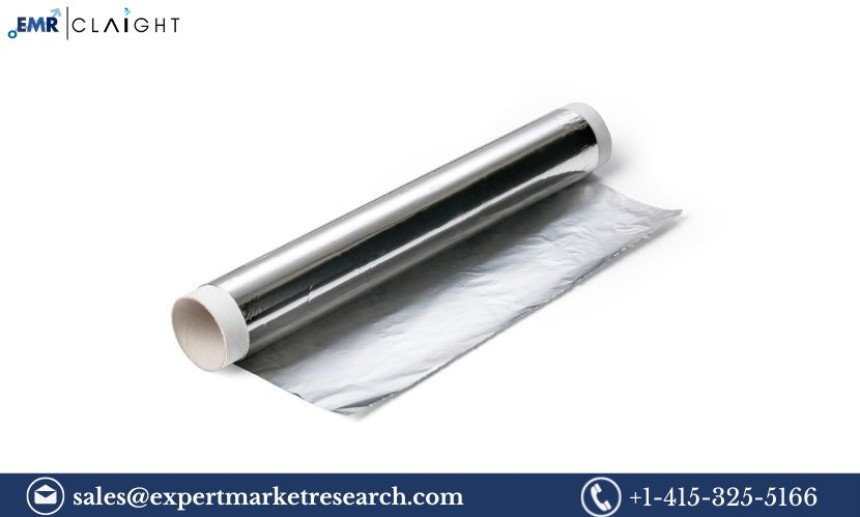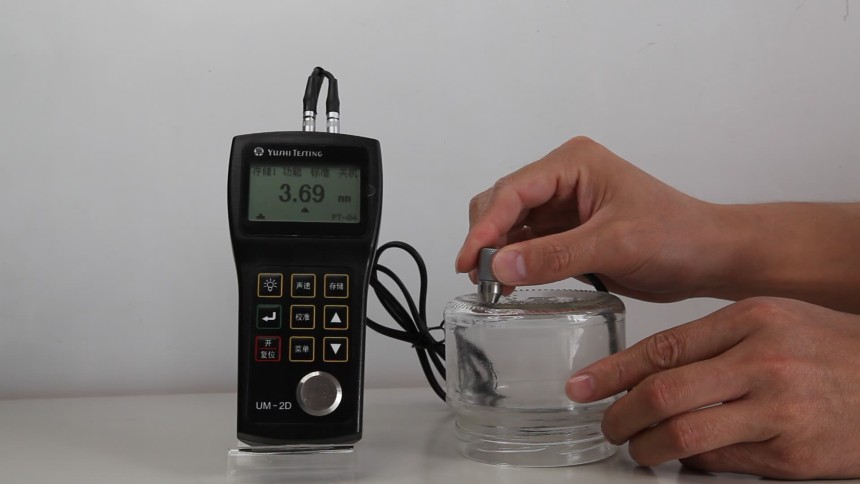
How Do I Take Care of My Skin After Laser Hair Removal?
Laser hair removal is a popular and effective method for achieving smooth, hair-free skin. However, the procedure does require careful post-treatment care to ensure optimal results and maintain the health of your skin. Here's a comprehensive guide on how to take care of your skin after laser hair removal treatment. Understanding Laser Hair Removal Before diving into post-treatment care, it's important to understand what laser hair removal involves. The process uses concentrated light beams to target and destroy hair follicles, preventing future hair growth. While the procedure is generally safe and effective, it does cause some temporary skin irritation and sensitivity, which necessitates proper aftercare. For more: https://www.hashclinics.pk/laser-hair-removal Immediate Aftercare 1. Cool Down Your Skin Immediately after your laser hair removal session, your skin may feel warm and sensitive. Applying a cool compress or ice pack can help soothe the area and reduce redness and swelling. Be sure to wrap the ice pack in a clean cloth to avoid direct contact with the skin, which can cause frostbite. 2. Avoid Hot Showers and Baths Hot water can exacerbate irritation and prolong recovery time. Stick to lukewarm showers and avoid soaking in hot tubs or baths for at least 48 hours post-treatment. This helps prevent further irritation and promotes faster healing. 3. Use Gentle Skincare Products Your skin will be more sensitive after laser hair removal, so it's essential to use gentle, fragrance-free cleansers and moisturizers. Avoid products containing harsh chemicals, retinoids, or exfoliants, as these can irritate the skin further. Protecting Your Skin 4. Avoid Sun Exposure After laser hair removal, your skin is more vulnerable to UV damage. It's crucial to avoid direct sun exposure for at least two weeks. If you must go outside, apply a broad-spectrum sunscreen with an SPF of 30 or higher and wear protective clothing to shield the treated area. 5. Skip Tanning Beds and Self-Tanners Both tanning beds and self-tanning products can irritate your skin and lead to complications post-treatment. Steer clear of these for at least two weeks to ensure proper healing and avoid adverse reactions. 6. Stay Hydrated Drinking plenty of water helps keep your skin hydrated and supports the healing process. Aim to drink at least eight glasses of water a day, and consider using a humidifier in your home to maintain skin moisture levels. Managing Side Effects 7. Reducing Redness and Swelling It's common to experience redness and swelling in the treated area. In addition to using cool compresses, you can take over-the-counter anti-inflammatory medications like ibuprofen to help alleviate these symptoms. If the redness and swelling persist for more than a few days, consult your dermatologist. 8. Treating Blisters and Scabs In rare cases, blisters or scabs may form after laser hair removal. Do not pick at these, as this can lead to scarring and infection. Instead, keep the area clean and apply an antibiotic ointment if recommended by your dermatologist. If you notice signs of infection, such as increased redness, swelling, or pus, seek medical advice promptly. 9. Addressing Hyperpigmentation Some individuals may experience temporary changes in skin pigmentation, such as darkening (hyperpigmentation) or lightening (hypopigmentation). These changes usually resolve on their own over time. To minimize the risk, avoid sun exposure and use a broad-spectrum sunscreen daily. Long-Term Skincare 10. Follow-Up Treatments Laser hair removal typically requires multiple sessions to achieve optimal results. Follow your dermatologist's recommendations for follow-up treatments, usually spaced 4-6 weeks apart. Adhering to this schedule helps ensure the best possible outcome. 11. Maintain a Gentle Skincare Routine Even after the initial healing period, it's important to continue using gentle skincare products. Opt for mild cleansers, moisturizers, and sunscreens that are free of harsh chemicals and fragrances. Regularly moisturizing the treated area helps keep your skin hydrated and healthy. 12. Avoid Waxing and Plucking To maintain the results of your laser hair removal, avoid waxing, plucking, or threading the treated area. These methods can disrupt the hair follicles and interfere with the effectiveness of the laser treatment. Shaving is the preferred method of hair removal between sessions. Common Questions About Post-Laser Care Can I Wear Makeup After Laser Hair Removal? If the treated area is on your face, you may be wondering if it's safe to apply makeup. It's best to wait at least 24 hours before applying makeup to allow your skin to heal. When you do apply makeup, choose products that are non-comedogenic and free of harsh chemicals to avoid irritation. How Long Should I Wait Before Resuming My Skincare Routine? You can generally resume your regular skincare routine 3-5 days after treatment, provided your skin has healed and there are no signs of irritation. However, avoid using any products that contain retinoids, alpha hydroxy acids (AHAs), or beta hydroxy acids (BHAs) for at least one week post-treatment. Is It Normal to Experience Itching After Laser Hair Removal? Mild itching is a common side effect of laser hair removal. To alleviate itching, apply a gentle moisturizer or an over-the-counter hydrocortisone cream. Avoid scratching the treated area, as this can cause further irritation and potential scarring. What to Avoid Post-Laser Hair Removal 1. Intense Physical Activity Avoid vigorous exercise, heavy sweating, and activities that cause friction on the treated area for at least 48 hours. These activities can increase skin irritation and prolong the healing process. 2. Harsh Skincare Treatments Refrain from using harsh skincare treatments such as chemical peels, microdermabrasion, or any exfoliating treatments for at least two weeks post-laser hair removal. These procedures can irritate your skin and hinder the healing process. 3. Tight Clothing Wearing tight clothing can cause friction and irritation on the treated area. Opt for loose, breathable fabrics to minimize discomfort and allow your skin to heal properly. Signs of Complications While laser hair removal is generally safe, it's important to be aware of signs that may indicate complications. Contact your dermatologist if you experience any of the following: Severe Pain: Mild discomfort is normal, but severe pain should be addressed by a professional. Persistent Redness and Swelling: Redness and swelling that last more than a week may require medical attention. Signs of Infection: Increased redness, swelling, warmth, or pus may indicate an infection. Scarring: If you notice scarring, consult your dermatologist for appropriate treatment options. Tips for a Successful Recovery 1. Follow Your Dermatologist’s Instructions Your dermatologist will provide specific aftercare instructions based on your skin type and the area treated. Following these instructions carefully will help ensure a smooth recovery and optimal results. 2. Schedule Follow-Up Appointments Regular follow-up appointments with your dermatologist are crucial to monitor your progress and address any concerns. These appointments also allow your dermatologist to adjust your treatment plan if necessary. 3. Be Patient The results of laser hair removal take time. Hair will gradually fall out over the weeks following each session. Be patient and allow your skin the necessary time to heal and reveal the full benefits of the treatment. Conclusion Taking care of your skin after laser hair removal is essential for achieving the best possible results and maintaining skin health. By following the recommended aftercare tips and avoiding common pitfalls, you can enjoy smooth, hair-free skin with minimal discomfort and complications. Always consult your dermatologist for personalized advice and guidance throughout your laser hair removal journey.
Take Care of My Skin After Laser Hair Removal treatment

Extensive Analysis of Trifluoromethane Production Cost: A Comprehensiv...
Trifluoromethane (CHF3), also known as fluoroform, is a halogenated hydrocarbon widely use...
Supply Chain Strategy Consulting: How Experts Drive Business Success
Efficient supply chains are the backbone of modern businesses, ensuring that products reac...



